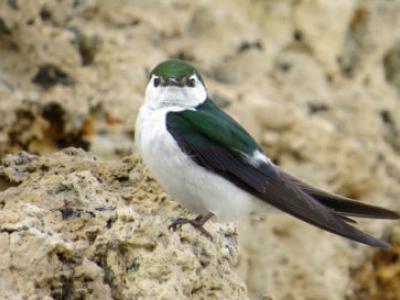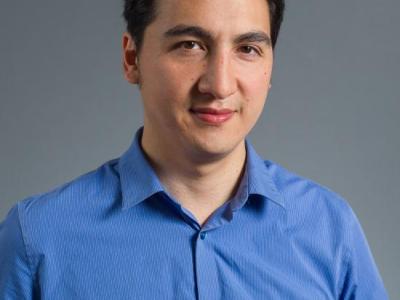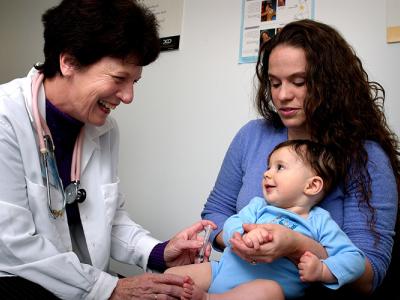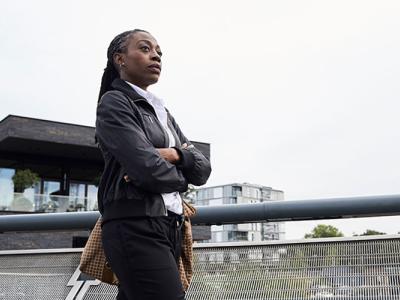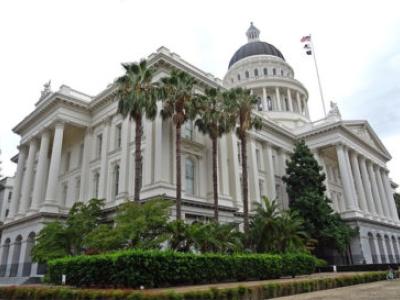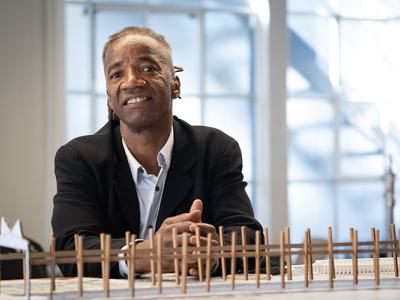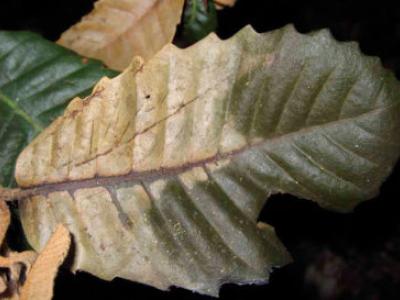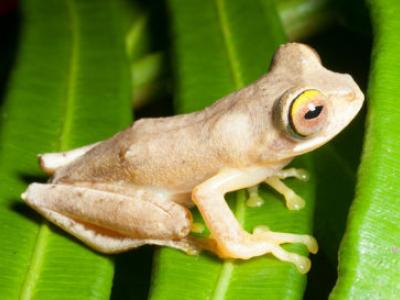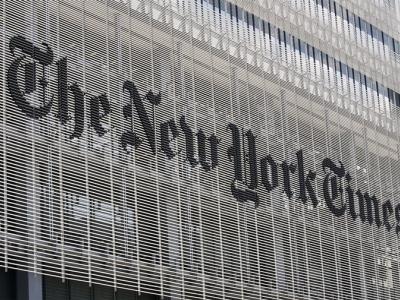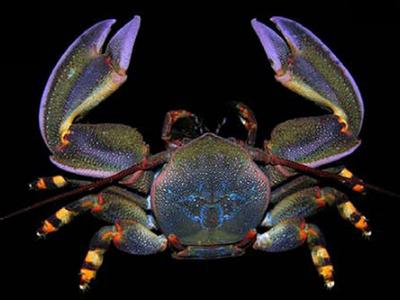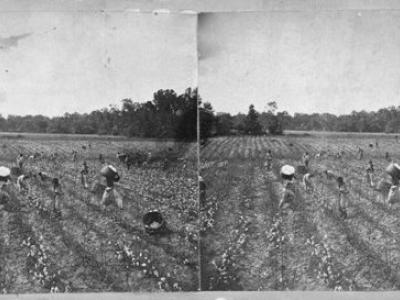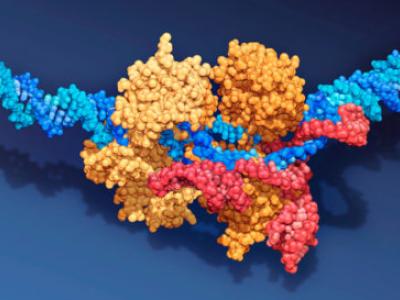As temperatures rise, desert birds need more water to cool off at the same time as deserts are becoming drier, setting some species up for a severe crash, if not extinction, according to a new study from the University of California, Berkeley.
Research News
Learn more about UC Berkeley's researchers and innovators.
Showing 1537 - 1552 of 3507 Results
UC Berkeley Assistant Professor Zachary Pardos and his team have developed a machine learning approach that promises to help more community college students position themselves to transfer and succeed at four-year colleges and universities.
Just 16% of voters are opposed to a new California law requiring parents vaccinate their children, according to a new poll from UC Berkeley’s Institute of Governmental Studies. The poll, conducted online from Sept. 13 to 18, found support for the bill from the vast majority of Californians: rich or poor, conservative or liberal, educated or not. Roughly 83% of all voters said they favored the law, 61% said they favored it strongly.
The stereotype of the “strong black woman” is more than just a cultural trope: Many black women in America report feeling pressured to act like superwomen, projecting themselves as strong, self-sacrificing, and free of emotion to cope with the stress of race- and gender-based discrimination in their daily lives.
More than half of California’s registered voters have given “serious” or “some” recent consideration to moving out of the state, according to a new poll from UC Berkeley’s Institute of Governmental Studies.
Almost two-thirds of registered California Republicans under the age of 40 think it would be a “good thing” if someone challenged President Donald Trump in the Republican primary, according to a new poll from UC Berkeley’s Institute of Governmental Studies.
Massachusetts Senator Elizabeth Warren has pulled into the lead among voters likely to participate in California’s Democratic primary, according to a new UC Berkeley Institute of Governmental Studies poll.
It’s not every day that Walter Hood gets to go by the name “genius.” But today (Wednesday, Sept. 25) is that day: Hood, a UC Berkeley professor of landscape architecture and of environmental planning and urban design, was just named a 2019 fellow of the MacArthur Foundation, which is awarding him what’s known colloquially as a “genius” grant.
A team of collaborators including the citizen science project SOD Blitz have detected the first cases of the infectious tree-killing pathogen Phytophthora ramorum in California’s Del Norte county. The pathogen, a fungus-like water mold that causes sudden oak death, has ravaged millions of native oaks and tanoaks along California’s central and northern coasts since it was first introduced in the United States in the late-1980s.
The U.S. Patent and Trademark Office (USPTO) today granted the University of California (UC) and its partners, the University of Vienna and Emmanuelle Charpentier, a new CRISPR-Cas9 patent, bringing the team’s continually expanding patent portfolio to 15.
UC Berkeley, in partnership with former California Gov. Edmund G. Brown Jr. and China’s top climate change official, Xie Zhenhua, today (Monday, Sept. 23) announced the launch of a new campus institute to bring together top researchers and policymakers from both sides of the Pacific to stop the rise of greenhouse gases.
From habitat loss to climate change, amphibians around the world face immense threats to their survival. One emerging and sinister threat is the chytrid fungus, a mysterious pathogen that kills amphibians by disrupting the delicate moisture balance maintained by their skin, and that is decimating frog populations around the world.
The New York Times makes a concerted effort to drive home the point that climate change is real, but it does a poor job of presenting the basic facts about climate change that could convince skeptics, according to a review of the paper’s coverage since 1980.
Coral reefs and the abundant life they support are increasingly threatened today, but a snapshot of a coral reef that flourished 150 million years ago shows that many animals were then at their peak of diversity, just offshore of the land ruled by dinosaurs.
For many, Berkeley Law Dean Erwin Chemerinsky wrote the book on Constitutional Law. Named the most influential person in legal education in 2017 by National Jurist magazine, Chemerinsky agreed to share some insights about the Constitution’s tenets, history, and challenges.
The U.S. Patent and Trademark Office (USPTO) today awarded the University of California (UC), University of Vienna and Emmanuelle Charpentier a patent for CRISPR-Cas9 that, along with two others awarded this month, brings the team’s comprehensive portfolio of gene-editing patents to 14.

